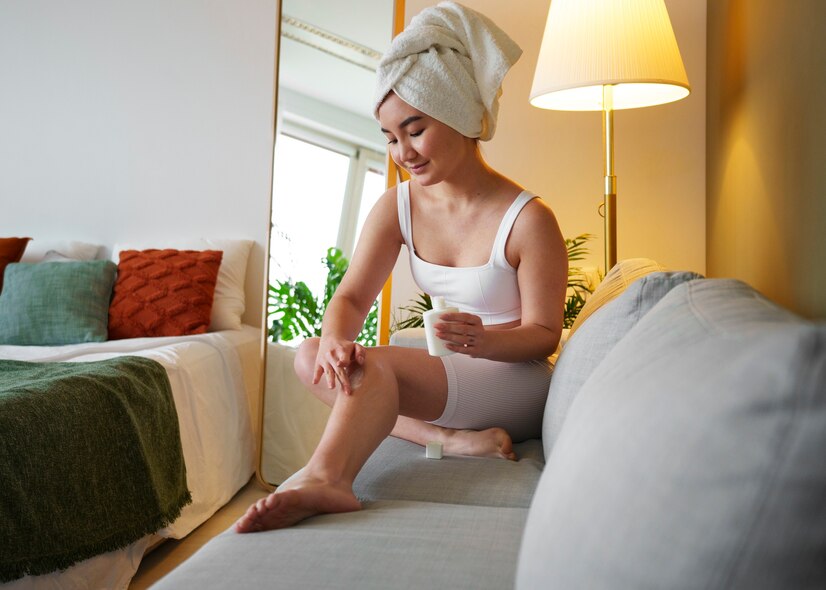Learn How To Wax

In the world of beauty and grooming, waxing stands out as a preferred method for achieving a sleek, smooth look that lasts far longer than shaving. Whether you’re a seasoned esthetician looking to refine your skills or a professional stepping into the world of beauty services, mastering the art of waxing is essential. This comprehensive guide will walk you through the steps, tips, and best practices for waxing, ensuring you provide top-notch service to your clients.
Understanding the Basics:
- Before we dive into the techniques, it’s crucial to understand the foundation of effective waxing. Waxing removes hair from the root, which means it can ensure smooth skin for up to six weeks. There are two main types of wax:
· Soft Wax:Also known as strip wax, soft wax is applied thinly and removed with a cloth or paper strip. It’s ideal for larger areas like legs and arms.
· Hard Wax:Applied thicker and removed without strips, hard wax is better suited for sensitive areas like the face, underarms, and bikini area.
Choose your wax type based on the area you’ll be working on and your client’s sensitivity levels.
Read More: Why Flying Is Miserable And How To Fix It
Preparation is Key:
1. Skin Preparation:Cleanse the area to be waxed with a gentle, antiseptic cleanser to remove any oils, makeup, or lotions that could prevent wax from adhering properly.
2. Check Hair Length:Ensure the hair is about 1/4 inch long. If it’s too short, the wax won’t grab onto the hair effectively; if it’s too long, it might cause more pain and breakage.
3. Test the Wax Temperature:Always test the wax on the inside of your wrist before applying it to your client to avoid burns. The wax should be warm, not hot.
Waxing Techniques:
Soft Wax:
1. Apply the Wax:Using a wooden stick, apply the wax in the direction of hair growth, spreading it evenly.
2. Place the Strip:Lay a cloth or paper strip over the wax and press down firmly, leaving a small section at the end as a grip.
3. Remove the Strip:Hold the skin taut with one hand and use the other to quickly pull the strip in the opposite direction of hair growth. Keep the strip as close to the skin as possible to reduce pain.
Hard Wax:
1. Apply the Wax:Spread the wax in a thicker layer than you would with soft wax, in the direction of hair growth. Allow a small lip at the end for easy removal.
2. Wait for the Wax to Harden:Once the wax is no longer tacky to the touch, it’s ready to be removed.
3. Remove the Wax:Like with soft wax, hold the skin taut and quickly pull off the wax in the opposite direction of hair growth.
Aftercare Advice:
- After the waxing session, it’s essential to provide your clients with aftercare advice to prevent irritation or ingrown hairs. Recommend avoiding hot showers, saunas, and strenuous exercise for at least 24 hours. Applying a soothing lotion or oil can also help calm the skin.
Read More: Yauvari Amplified Youth Spring How To Use
Practice Makes Perfect:
- Waxing is both an art and a science, requiring practice and attention to detail. Stay patient, and don’t be discouraged by initial challenges. With time and experience, your technique will improve, and you’ll be able to perform waxing services with confidence and precision.

Closing Thoughts Learn How To Wax
- Waxing is a valuable skill within the beauty industry, offering clients a long-lasting method to maintain smooth, hair-free skin. By following these guidelines and continuously refining your technique, you can become proficient in waxing, providing exceptional service that keeps your clients returning. Remember, the key to mastering the art of waxing lies in practice, patience, and dedication to your craft.

